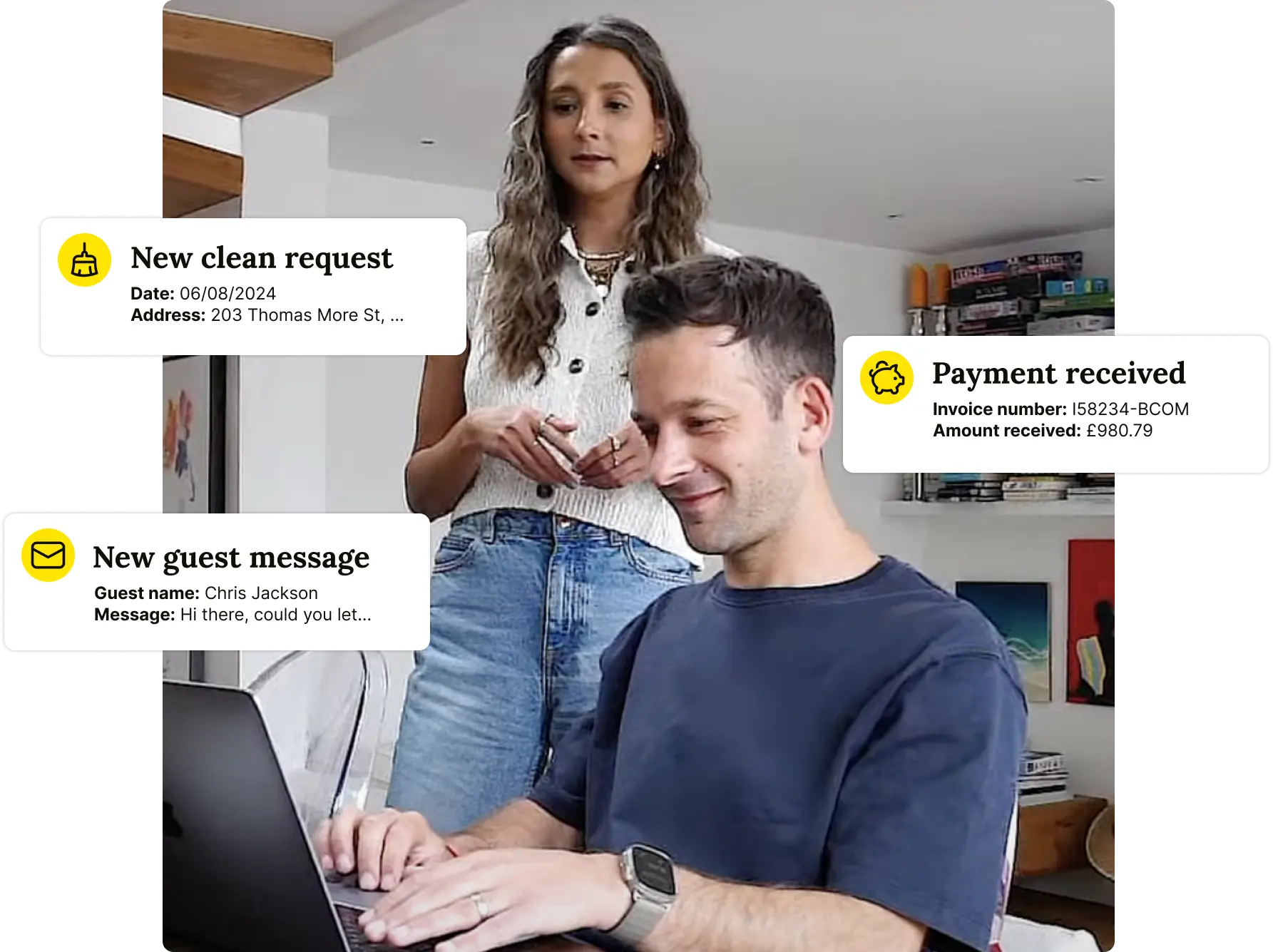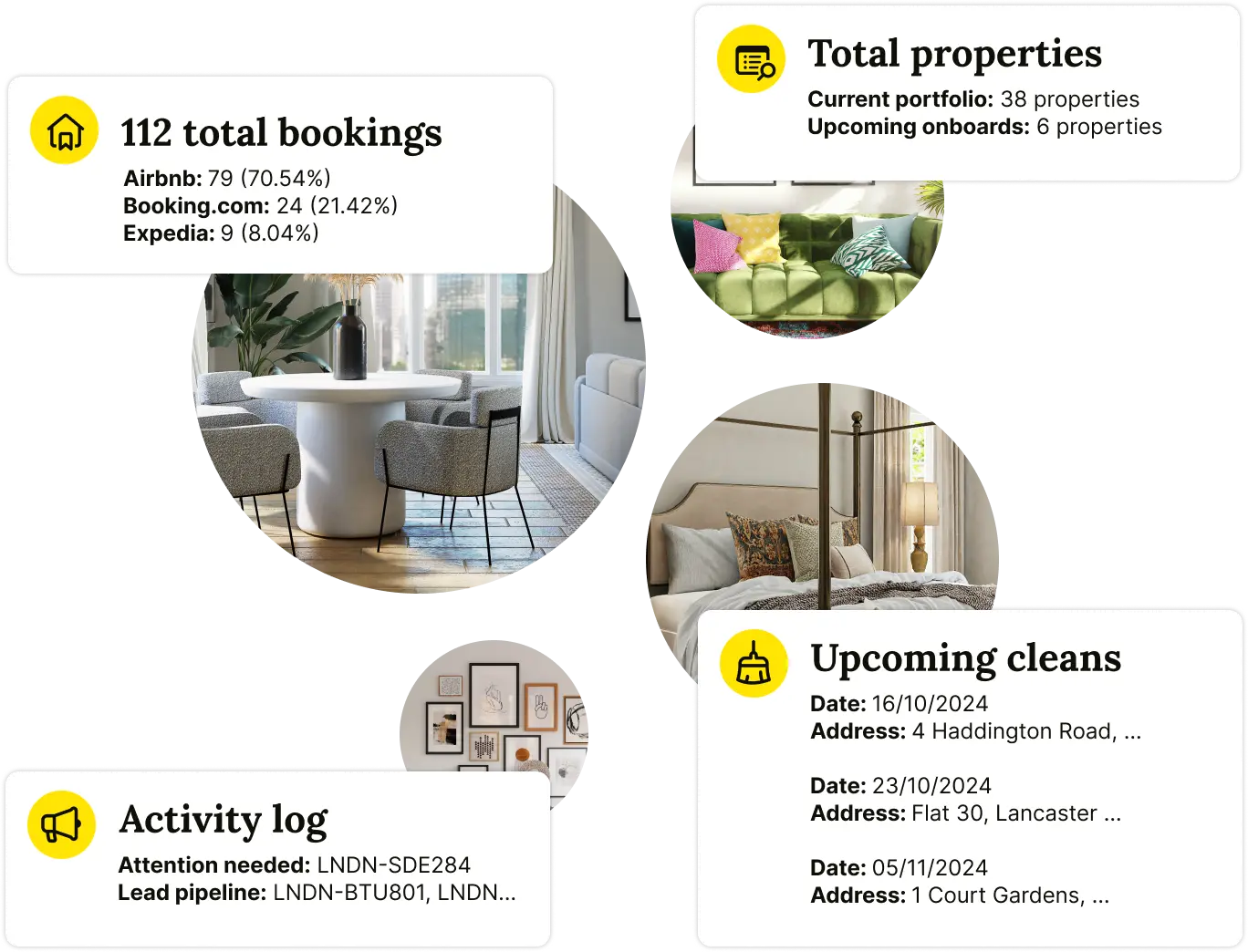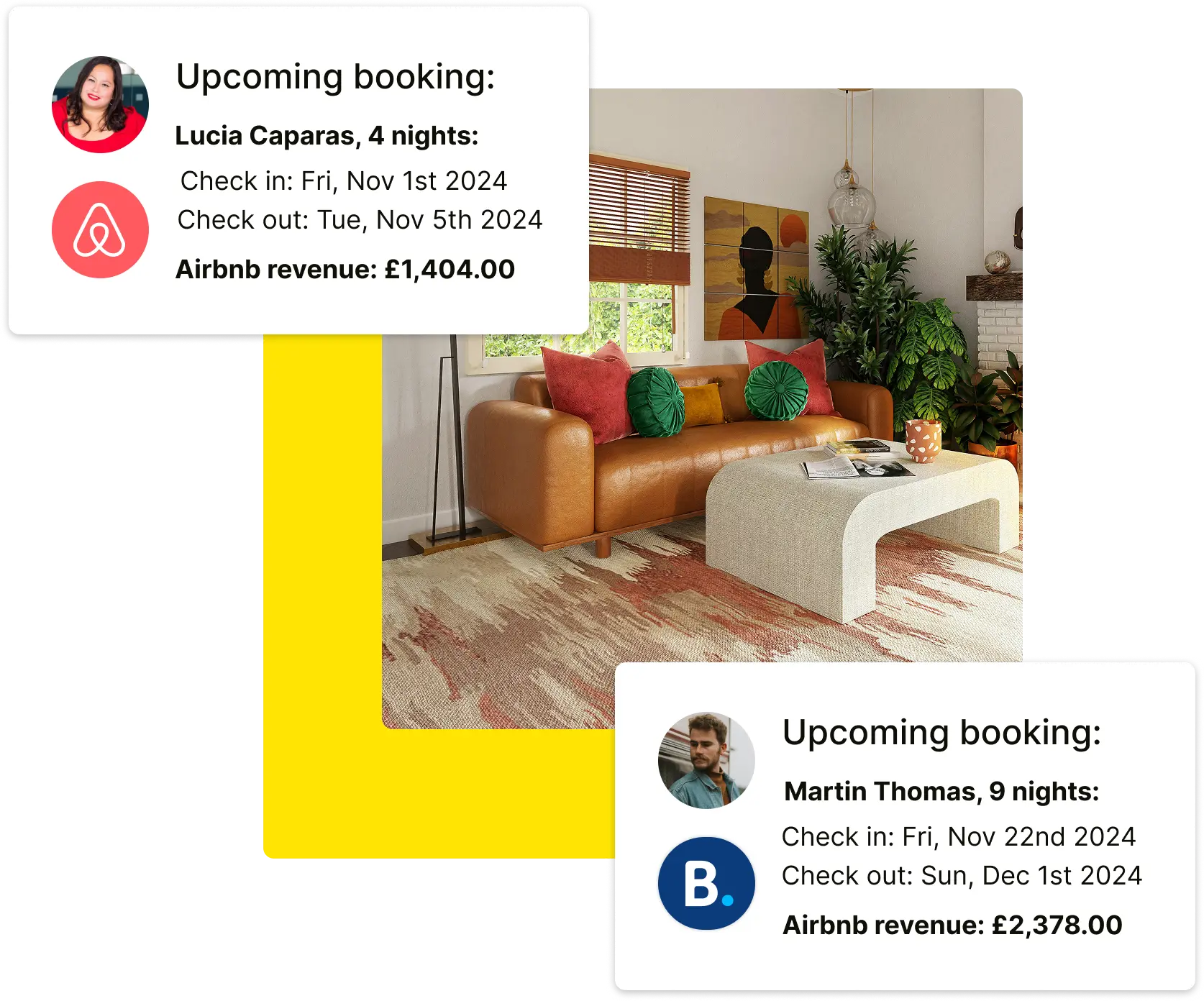To succeed in property investment, familiarise yourself with buy-to-let. Understand its workings, options, challenges, and securing a buy-to-let mortgage.
For numerous individuals, purchasing a property as an investment offers a sense of security that surpasses investing in stocks or shares. Moreover, it provides a level of involvement where you can choose to be a hands-on landlord or enlist the services of an agency to manage your tenants. Many investors find comfort in diversifying their property portfolio across various price ranges.
However, navigating the intricacies of buy-to-let can be quite daunting, encompassing aspects like Stamp Duty and buy-to-let mortgages. To make things easier, here's a guide covering everything you need to know about what is buy to let mortgage.
Table of Contents
What is a Buy to Let Mortgage?
A buy to let mortgage allows you to purchase a property for rental purposes. Your rental income should cover the mortgage repayments, but there are additional expenses to consider. These mortgages are designed for those who want to invest in rental properties but lack the funds to purchase outright. Understanding how buy-to-let mortgages work is crucial for successfully securing the necessary financing for your rental property.
How Do Buy-to-let Mortgages Work?
Buy to let mortgages operate similarly to residential mortgages, but there are key distinctions to be aware of. Generally, a larger deposit or equity will enhance your chances of securing favourable terms. Monthly repayments are necessary, with lenders assuming that rental income will cover these expenses.
The major difference is that buy-to-let mortgages are typically interest-only rather than repayment. This implies that your repayments will only cover the interest on the mortgage, not the original loan amount. The principal amount will need to be repaid when the mortgage term concludes. You may have the means to settle it outright, sell the property, or acquire a new mortgage to clear the debt. It's important to consider the potential risk of declining property values, which could result in owing more than the property's worth when selling or remortgaging.
Applying for a Buy-to-Let Mortgage
To apply for a buy to let mortgage, there are several steps and requirements to keep in mind:
Larger Deposit
Typically, you'll need a bigger deposit than a residential mortgage. A minimum deposit of 25% of the house value is commonly required.
Rental Income Assessment
The amount you can borrow for a Buy to Let property depends on the expected rent. Most lenders expect the rental income to be around 25% to 30% higher than your monthly repayments.
Financial Documentation
You'll need to provide the usual evidence of your earnings and financial situation, including:
- Deposit amount
- Credit history and salary details
- Information about any existing debts
- Expected rental income
Additional Documents
- Identification (e.g., driving license or passport)
- Utility bills (gas, water, electric)
- Proof of existing mortgage statement (if applicable)
- Proof of additional sources of income
- P60 form (tax document in the UK)
- Recent payslips (last three months) or income and tax returns if self-employed
- Bank statements (last three to six months)
- Details of your monthly expenses
- Information about the property you intend to purchase
Pros & Cons Buy to Let Mortgages
Pros
Buy to let mortgages offer several advantages for property investors:
Income Generation
You can generate a regular income to help cover your mortgage repayments by renting out the property. If the rental income exceeds the mortgage costs, you may profit.
Long-Term Investment
Property investment is often viewed as a long-term strategy. Over time, your property's value may appreciate, allowing you to gain from capital growth. Property values can fall, and there are no guarantees for investment returns.
Tax Benefits
You can often offset certain costs of running your rental property against your taxable income. This means you can claim deductions for maintenance, repairs, and mortgage interest expenses, reducing your overall tax liability.
Cons
Buy-to-Let mortgages also come with certain disadvantages that should be taken into account:
Stamp Duty Surcharge
Landlords must pay a stamp duty surcharge, usually around 3% of the property's value. This additional cost can significantly impact the initial investment and reduce potential returns.
Costs of Vacancy
There may be periods when your property is vacant, resulting in no rental income. You will still be responsible for mortgage repayments, council tax bills, and maintenance costs during these periods. This can put a financial strain on landlords and affect the profitability of the investment.
Property Damage and Repairs
As a landlord, you have to pay for any property damage or repairs. This includes costs for fixing structural issues, repairing appliances, or addressing tenant-caused damages. These unexpected expenses can impact your cash flow and require immediate financial resources.
Buy-to-Let Mortgages: Who Qualifies for Property Investment Loan
Buy to let mortgages are accessible to various individuals, whether they are new or existing landlords. However, eligibility criteria can vary between lenders. Let’s see some general requirements you need to meet:
- Minimum Earnings: Typically, you should earn at least £25,000 per year.
- Deposit: You'll need a deposit ranging from 25% to 40% of the property's value. Some deals may have lower deposit requirements, possibly as low as 20%.
- Homeownership: Being a homeowner, either outright or in the process of paying off your mortgage, is often expected.
- Age Requirements: Most lenders require applicants to be over 21 at the time of application, although some may accept applicants as young as 18.
- Good Credit Score: A positive credit history and a good credit score are necessary to qualify for a buy-to-let mortgage.
- Debt Management: Lenders will assess your existing debt and expect it to be under control.
- Financial Stability: It's important to be in a stable financial position to reduce risks associated with property investment.
How Much Can You Secure with a Buy-to-Let Mortgage?
Lenders determine the loan amount based on expected rental income from your buy-to-let property. Your projected rental income should cover and exceed your monthly mortgage repayments by 25%. Lenders calculate the maximum borrowing limit using these factors. Some lenders may require a higher coverage of up to 45% to ensure affordability.
To get an estimate of potential rent, you can research similar rental properties in your area online or seek advice from a letting agent.
Unlock Rental Success with Houst: Simplifying Property Management
When it comes to property rental management, Houst is here to assist you every step of the way. We understand landlords' challenges and offer comprehensive solutions to streamline your short term rental experience. Our services cover everything from tenant sourcing and vetting to rent collection and property maintenance. With Houst, you can enjoy peace of mind knowing that your property is in expert hands. We leverage our extensive knowledge and technology-driven approach to maximise rental yields and minimise vacancies.
Whether you're a seasoned landlord or just starting in the property rental market, Houst provides the expertise and support you need. Experience hassle-free property management with Houst and unlock the full potential of your investment.
🚀 Start & Scale Your Airbnb Business with Houst
Launch a profitable Airbnb business — without owning property.
Join Houst’s Airbnb Business Partnership Program to start, manage, and grow your short-term rental business. With expert marketing, automation tools, and dynamic pricing strategies, we help you maximize earnings and scale faster.

⭐ Rated 4.8/5 by 2,500+ Hosts

🚀 Build a Thriving Airbnb Business with Houst
Monetize short-term rentals without owning property. Our Airbnb Business Partnership Program helps you start, scale, and automate a profitable Airbnb business with smart pricing, automation, and expert support.
💡 No Property Needed
📈 Expert Growth Strategies
🤖 Automated Hosting Tools

⭐ Rated 4.8/5 by 2,500+ Hosts

🚀 Build & Grow Your Airbnb Business with Houst
Turn your expertise into a profitable Airbnb business — without owning property.
Join Houst’s Airbnb Business Partnership Program to start, manage, and scale with ease. Get expert support, automation tools, and smart pricing strategies to maximize earnings and grow faster.

⭐ Rated 4.8/5 by 2,500+ Hosts


.jpg)
.webp)
.webp)







.png)

.webp)
